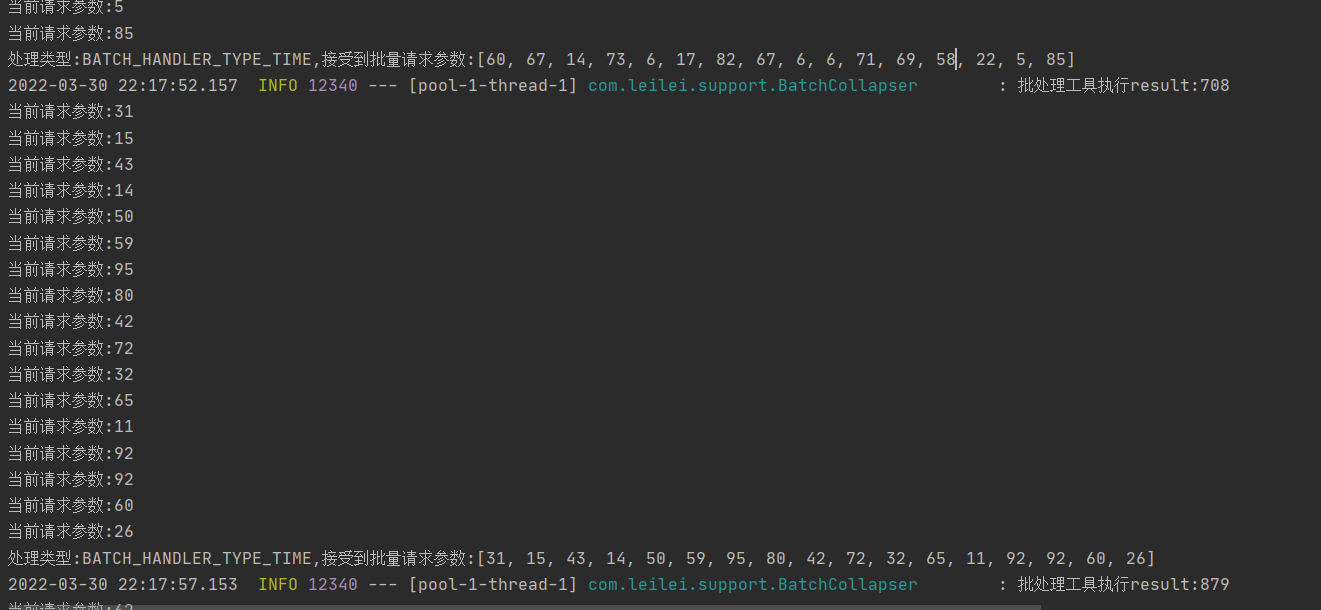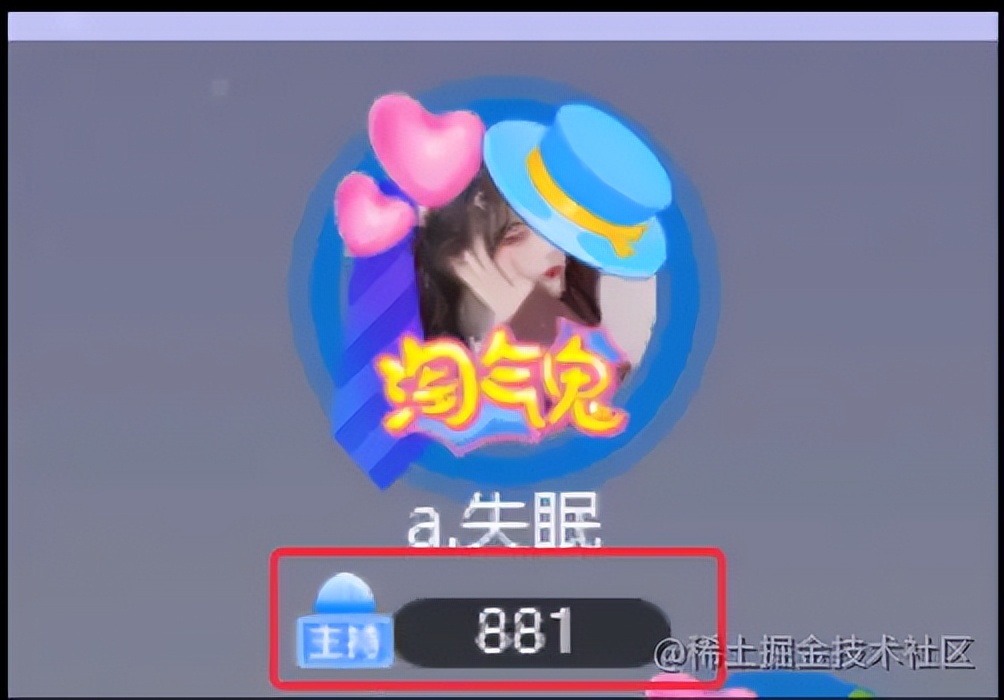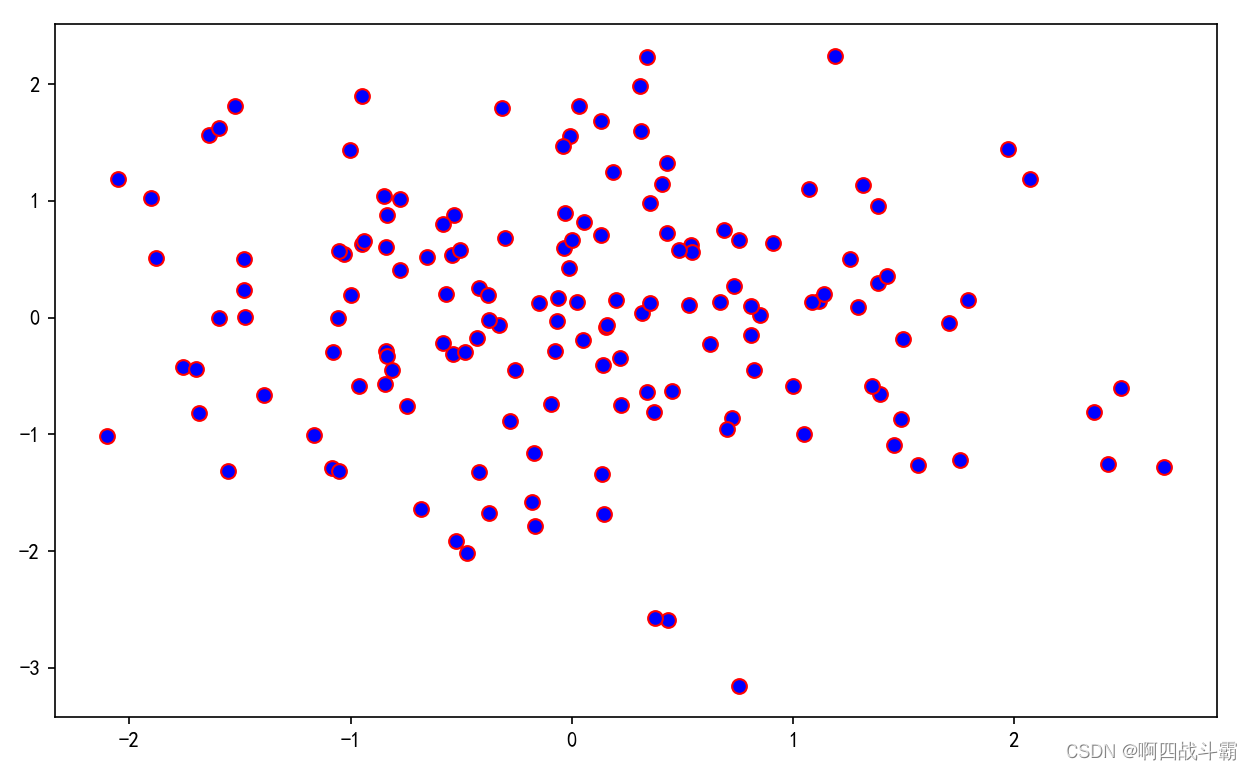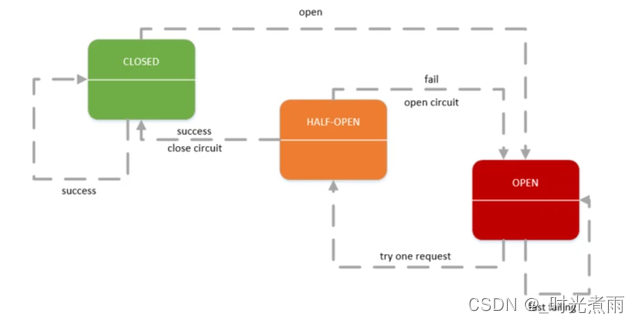当前位置:网站首页>ClassFile - Attributes - Code
ClassFile - Attributes - Code
2022-07-02 09:20:00 【kq1983】
The Code Attribute
The Code attribute is a variable-length attribute in the attributes table of a method_info structure ( §4.6). A Code attribute contains the Java Virtual Machine instructions and auxiliary information for a method, including an instance initialization method or a class or interface initialization method ( §2.9).
If the method is either native or abstract, its method_info structure must not have a Code attribute in its attributes table. Otherwise, its method_info structure must have exactly one Code attribute in its attributes table.
The Code attribute has the following format:
Code_attribute {
u2 attribute_name_index;
u4 attribute_length;
u2 max_stack;
u2 max_locals;
u4 code_length; # What is the instruction length
u1 code[code_length]; # take code_length length Instructions
u2 exception_table_length;
{ u2 start_pc;
u2 end_pc;
u2 handler_pc;
u2 catch_type;
} exception_table[exception_table_length];
u2 attributes_count;
attribute_info attributes[attributes_count];
}
- 1.
- 2.
- 3.
- 4.
- 5.
- 6.
- 7.
- 8.
- 9.
- 10.
- 11.
- 12.
- 13.
- 14.
- 15.
- 16.
The items of the Code_attribute structure are as follows:
attribute_name_index
The value of the attribute_name_index item must be a valid index into the constant_pool table. The constant_pool entry at that index must be a CONSTANT_Utf8_info structure ( §4.4.7) representing the string "Code".
attribute_length
The value of the attribute_length item indicates the length of the attribute, excluding the initial six bytes.
max_stack
The value of the max_stack item gives the maximum depth of the operand stack of this method ( §2.6.2) at any point during execution of the method.
max_locals
The value of the max_locals item gives the number of local variables in the local variable array allocated upon invocation of this method ( §2.6.1), including the local variables used to pass parameters to the method on its invocation.
The greatest local variable index for a value of type long or double is max_locals - 2. The greatest local variable index for a value of any other type is max_locals - 1.
code_length
The value of the code_length item gives the number of bytes in the code array for this method.
The value of code_length must be greater than zero (as the code array must not be empty) and less than 65536.
code[]
The code array gives the actual bytes of Java Virtual Machine code that implement the method.
When the code array is read into memory on a byte-addressable machine, if the first byte of the array is aligned on a 4-byte boundary, the tableswitch and lookupswitch 32-bit offsets will be 4-byte aligned. (Refer to the descriptions of those instructions for more information on the consequences of code array alignment.)
The detailed constraints on the contents of the code array are extensive and are given in a separate section ( §4.9).
exception_table_length
The value of the exception_table_length item gives the number of entries in the exception_table table.
exception_table[]
Each entry in the exception_table array describes one exception handler in the code array. The order of the handlers in the exception_table array is significant ( §2.10).
Each exception_table entry contains the following four items:
start_pc, end_pc
The values of the two items start_pc and end_pc indicate the ranges in the code array at which the exception handler is active. The value of start_pc must be a valid index into the code array of the opcode of an instruction. The value of end_pc either must be a valid index into the code array of the opcode of an instruction or must be equal to code_length, the length of the code array. The value of start_pc must be less than the value of end_pc.
The start_pc is inclusive and end_pc is exclusive; that is, the exception handler must be active while the program counter is within the interval [start_pc, end_pc).
The fact that end_pc is exclusive is a historical mistake in the design of the Java Virtual Machine: if the Java Virtual Machine code for a method is exactly 65535 bytes long and ends with an instruction that is 1 byte long, then that instruction cannot be protected by an exception handler. A compiler writer can work around this bug by limiting the maximum size of the generated Java Virtual Machine code for any method, instance initialization method, or static initializer (the size of any code array) to 65534 bytes.
handler_pc
The value of the handler_pc item indicates the start of the exception handler. The value of the item must be a valid index into the code array and must be the index of the opcode of an instruction.
catch_type
If the value of the catch_type item is nonzero, it must be a valid index into the constant_pool table. The constant_pool entry at that index must be a CONSTANT_Class_info structure ( §4.4.1) representing a class of exceptions that this exception handler is designated to catch. The exception handler will be called only if the thrown exception is an instance of the given class or one of its subclasses.
The verifier checks that the class is Throwable or a subclass of Throwable ( §4.9.2).
If the value of the catch_type item is zero, this exception handler is called for all exceptions.
This is used to implement finally ( §3.13).
attributes_count
The value of the attributes_count item indicates the number of attributes of the Code attribute.
attributes[]
Each value of the attributes table must be an attribute_info structure ( §4.7).
A Code attribute can have any number of optional attributes associated with it.
The attributes defined by this specification as appearing in the attributes table of a Code attribute are listed in Table 4.7-C.
The rules concerning attributes defined to appear in the attributes table of a Code attribute are given in §4.7.
The rules concerning non-predefined attributes in the attributes table of a Code attribute are given in §4.7.1.
边栏推荐
- Sentinel reports failed to fetch metric connection timeout and connection rejection
- 定时线程池实现请求合并
- 西瓜书--第五章.神经网络
- C language implementation of mine sweeping game
- Microservice practice | fuse hytrix initial experience
- 微服务实战|熔断器Hystrix初体验
- 2022/2/14 summary
- [go practical basis] how can gin get the request parameters of get and post
- Chrome browser plug-in fatkun installation and introduction
- Multi version concurrency control mvcc of MySQL
猜你喜欢

定时线程池实现请求合并

C4D quick start tutorial - C4d mapping

微服务实战|Eureka注册中心及集群搭建

《统计学习方法》——第五章、决策树模型与学习(上)

Redis zadd导致的一次线上问题排查和处理

Matplotlib swordsman - a stylist who can draw without tools and code

微服务实战|熔断器Hystrix初体验

盘点典型错误之TypeError: X() got multiple values for argument ‘Y‘

Microservice practice | load balancing component and source code analysis

Shengshihaotong and Guoao (Shenzhen) new energy Co., Ltd. build the charging pile industry chain
随机推荐
WSL installation, beautification, network agent and remote development
C language - Blue Bridge Cup - 7 segment code
Gocv image reading and display
Knife4j 2. Solution to the problem of file control without selection when uploading x version files
Matplotlib剑客行——没有工具用代码也能画图的造型师
JVM指令助记符
Essay: RGB image color separation (with code)
「Redis源码系列」关于源码阅读的学习与思考
hystrix 实现请求合并
Chrome browser tag management plug-in – onetab
2022/2/14 summary
Webflux responsive programming
西瓜书--第五章.神经网络
Number structure (C language) -- Chapter 4, compressed storage of matrices (Part 2)
win10使用docker拉取redis镜像报错read-only file system: unknown
机器学习之数据类型案例——基于朴素贝叶斯法,用数据辩男女
In depth analysis of how the JVM executes Hello World
Micro service practice | introduction and practice of zuul, a micro service gateway
Pdf document of distributed service architecture: principle + Design + practice, (collect and see again)
微服务实战|声明式服务调用OpenFeign实践